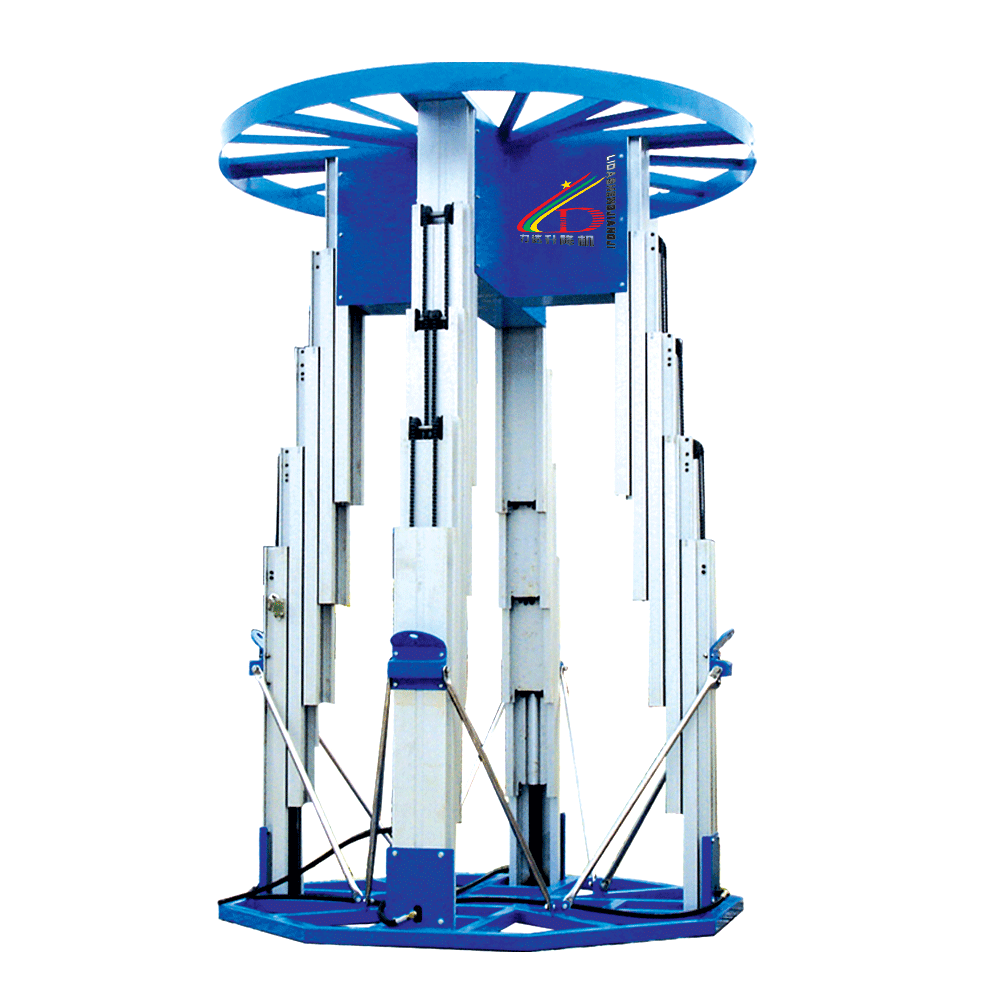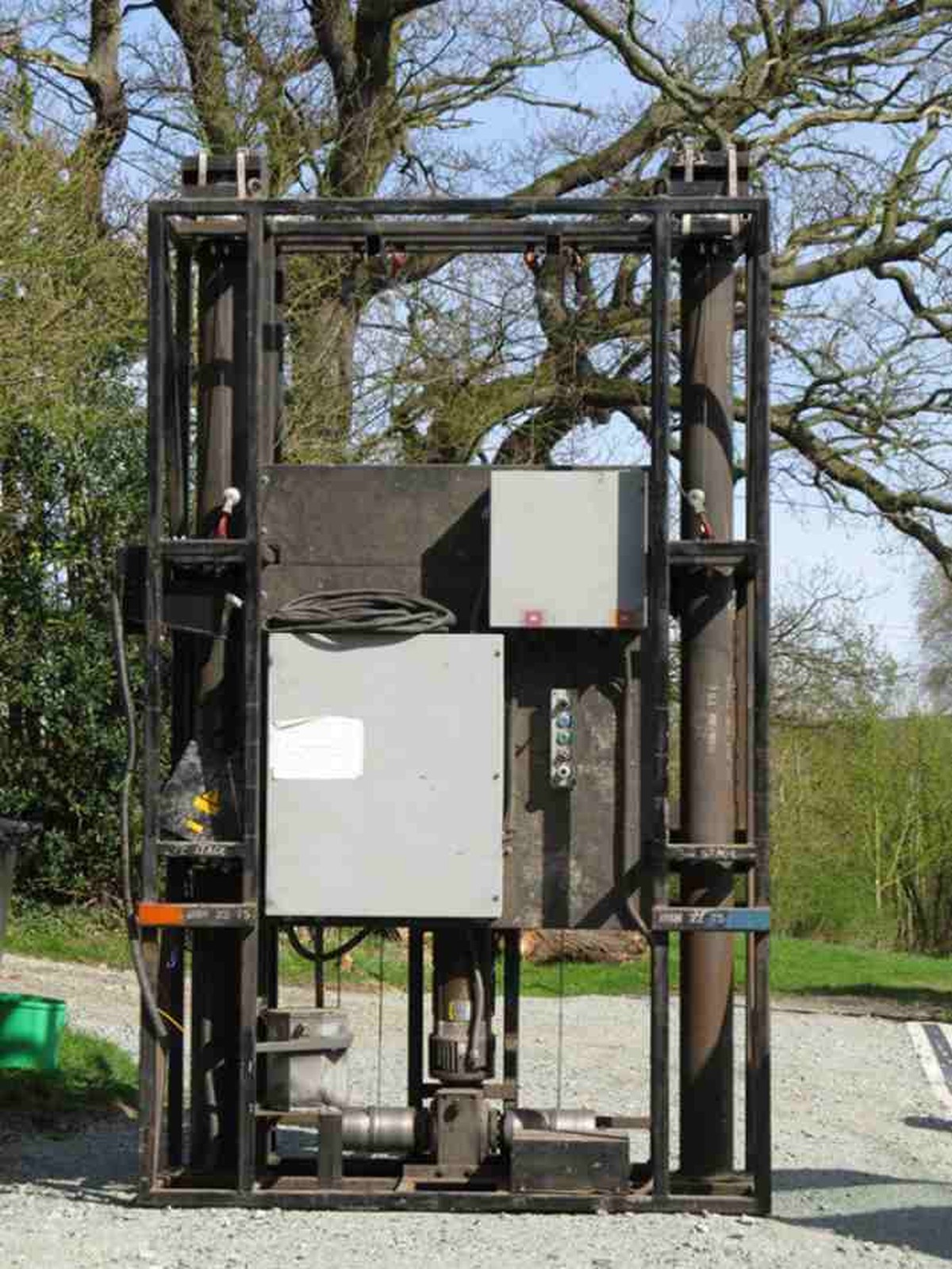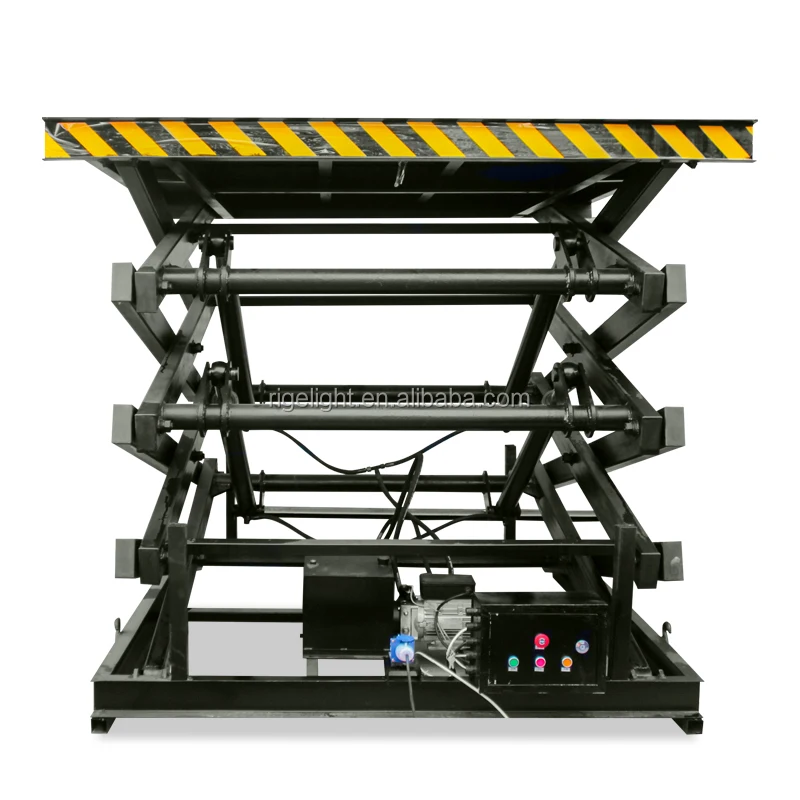Hydraulic Lift Stage
Hydraulic lift stages are crucial equipment for various industries, including construction, manufacturing, and performance arts. This equipment helps lift heavy loads and materials from the ground to a higher elevation, providing convenience and efficiency to workers. However, there is more to hydraulic lift stages than just lifting materials. In this blog post, we will delve deeper into what hydraulic lift stages are, their target audience, and how they benefit different industries.
Pain Points of Hydraulic Lift Stages
Workers in different industries face several challenges when it comes to lifting heavy loads. The first challenge is safety. Lifting heavy loads manually puts workers at risk of injuries such as back strains, fractures, or head injuries. Additionally, lifting heavy loads manually is time-consuming, and the workforce may take longer to complete a task. In other instances, there may be a need for specialized equipment to lift heavy loads, making it costly to meet project requirements. Hydraulic lift stages provide solutions to these challenges by providing a safer and more efficient way of lifting heavy loads.
Target of Hydraulic Lift Stage
The primary target audience of hydraulic lift stages are companies and individuals who need to lift heavy loads. Industries that frequently use these equipment include construction, manufacturing, theatre productions, and film production among others. Companies seeking to improve their employee's safety and efficiency when lifting heavy loads are the ideal customers for hydraulic lift stages.
Main Points of the Article
Hydraulic lift stages are an essential tool in various industries. They help lift heavy loads, reducing the risk of injury and ensuring that projects are completed efficiently. Industries that frequently use hydraulic lift stages include construction, manufacturing, and theater productions. These equipment provide solutions to common challenges faced when manually lifting heavy loads, including time-consuming tasks and the need for specialized equipment.
Benefits of Hydraulic Lift Stage
The benefits of hydraulic lift stages are numerous. For starters, these machines reduce the risk of injuries that workers may face when lifting heavy loads manually. They also minimize the time taken to lift heavy loads and complete tasks, increasing efficiency and productivity. Additionally, hydraulic lift stages can lift heavy loads to a higher elevation, which may not be possible to achieve manually. They are easy to use and offer a convenient solution to meet project requirements.
Components of Hydraulic Lift Stage
The hydraulic lift stages mainly consist of a hydraulic pump, cylinder, and valve. In some instances, the equipment may have additional parts such as a control box, radiator, and an electric motor. The hydraulic pump creates pressure, which pushes the cylinder, while the valve controls the flow of the hydraulic fluid. The equipment's parts work together to provide the mechanical force that lifts the heavy loads to a higher elevation.
Maintenance of Hydraulic Lift Stage
To ensure the hydraulic lift stages remain in good condition, regular maintenance is crucial. This equipment requires frequent cleaning and inspection of its different parts. The hydraulic fluid should also be checked and changed according to the manufacturer's recommendations. Additionally, it is advisable to inspect the cylinders and pumps for any leaks or damage that may hinder their efficiency. Regular maintenance reduces the risk of equipment malfunction, increases the life span of the equipment, and ensures workers' safety in different industries.
Question and Answer Section
Q1. What is the maximum weight limit that a hydraulic lift stage can carry?
A1. The maximum weight limit varies depending on the type and model of the hydraulic lift stage. However, most equipment has a weight limit capacity ranging from 300 pounds to 10,000 pounds and beyond.
Q2. What are some safety measures to observe when handling hydraulic lift stages?
A2. Always ensure that the equipment's weight capacity is not exceeded, and the load is evenly distributed on the platform. Additionally, workers should avoid standing under the load or on the platform during operation. It is advisable to use safety harnesses when working on the platform.
Q3. Can hydraulic lift stages be customized to meet specific project requirements?
A3. Yes. Hydraulic lift stages can be customized to fit specific project requirements, depending on the nature of the project. Some of the customizations that can be made include platform size, height, and load capacity.
Q4. Will hydraulic lift stages work in outdoor environments?
A4. Yes. Hydraulic lift stages can work in different environments, including outdoor environments. However, extreme weather conditions, such as strong winds or heavy rain, may affect their efficiency.
Conclusion of Hydraulic Lift Stage
Hydraulic lift stages are an essential tool in various industries that require lifting heavy loads. These equipment provide solutions to common challenges faced when manually lifting heavy loads, including time-consuming tasks and the need for specialized equipment. They are easy to use, convenient, reduce the risk of injuries, and increase productivity. Regular maintenance is crucial to ensure these equipment remain in good condition and ensure workers' safety.
Gallery
Hydraulic Stage Lifts
Photo Credit by: bing.com / stage hydraulic lift lifts contacts
Accurate Staging - Hydraulic Lift - YouTube

Photo Credit by: bing.com / hydraulic lift
Hydraulic Lift Stage - SJYJ - Jinchuan (China Manufacturer) - Lifting

Photo Credit by: bing.com /
Secondhand Sound And Lighting Equipment | Lighting & Effects

Photo Credit by: bing.com / lift secondhand stage lighting sound equipment hydraulic lifts telescopic ram near theatre
Hydraulic Synchronous Control Heavy Lifting Stage Customize Size - Buy

Photo Credit by: bing.com / stage lifting hydraulic synchronous heavy control lift customize size
0 Response to "Hydraulic Lift Stage"
Posting Komentar